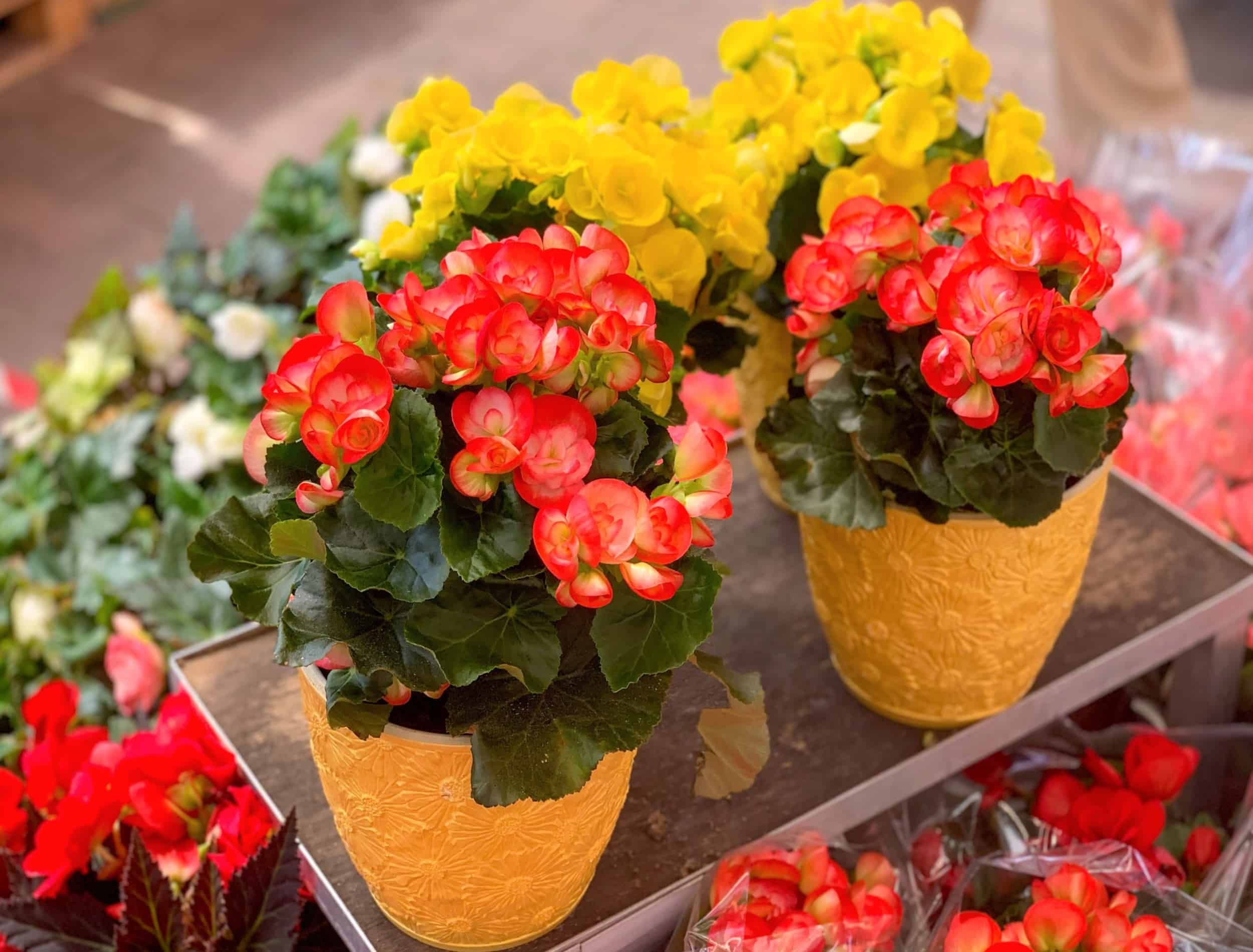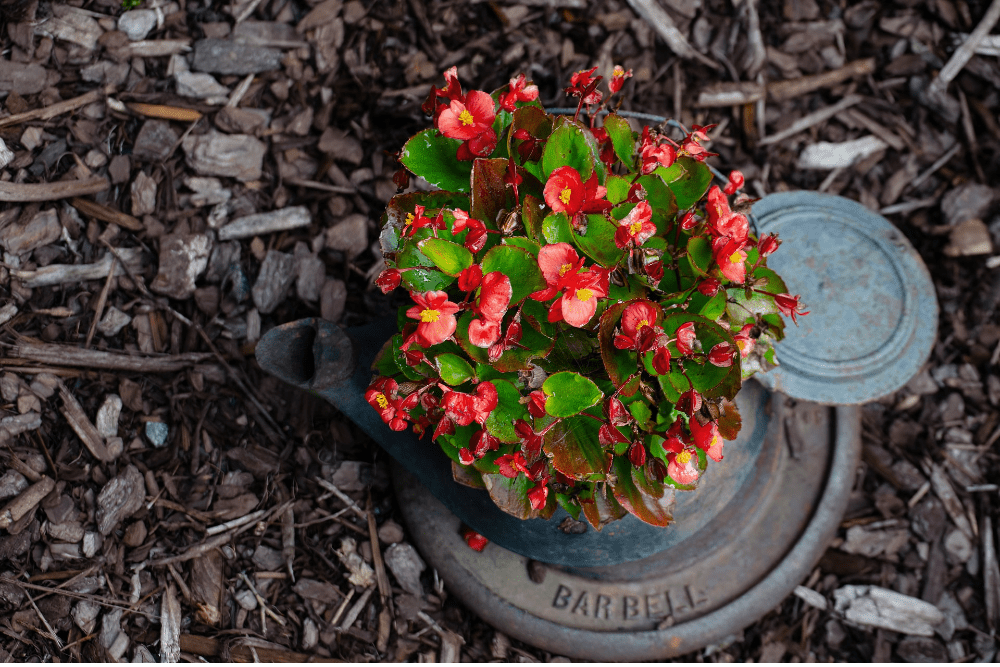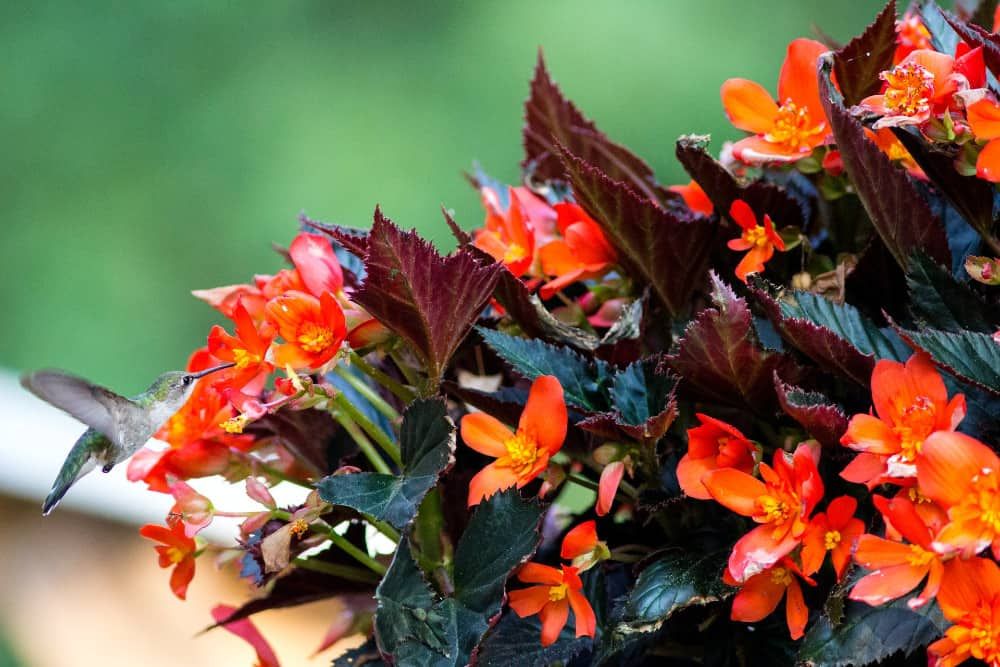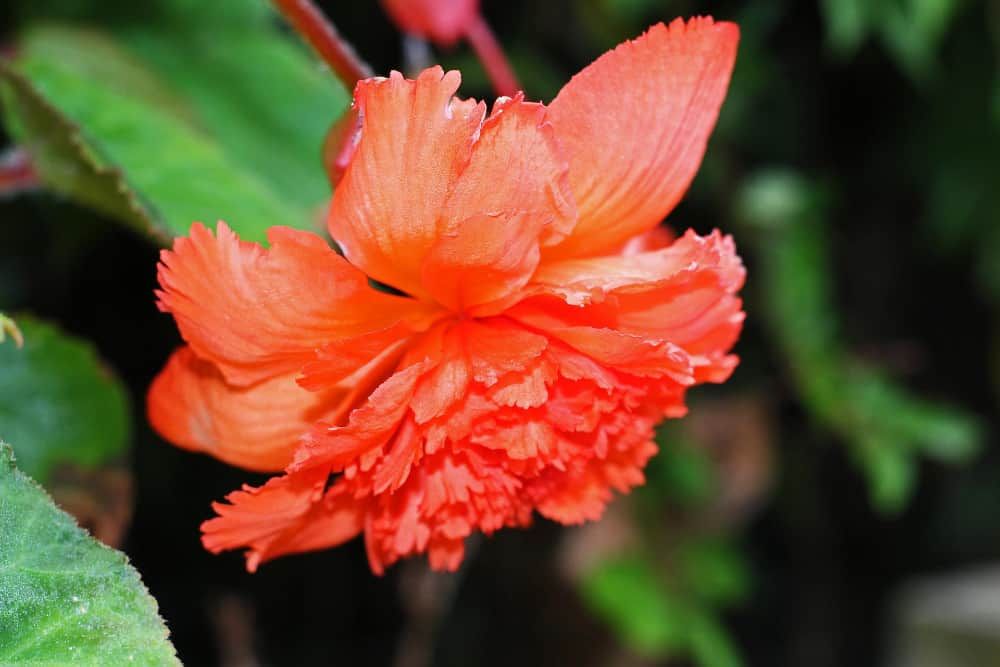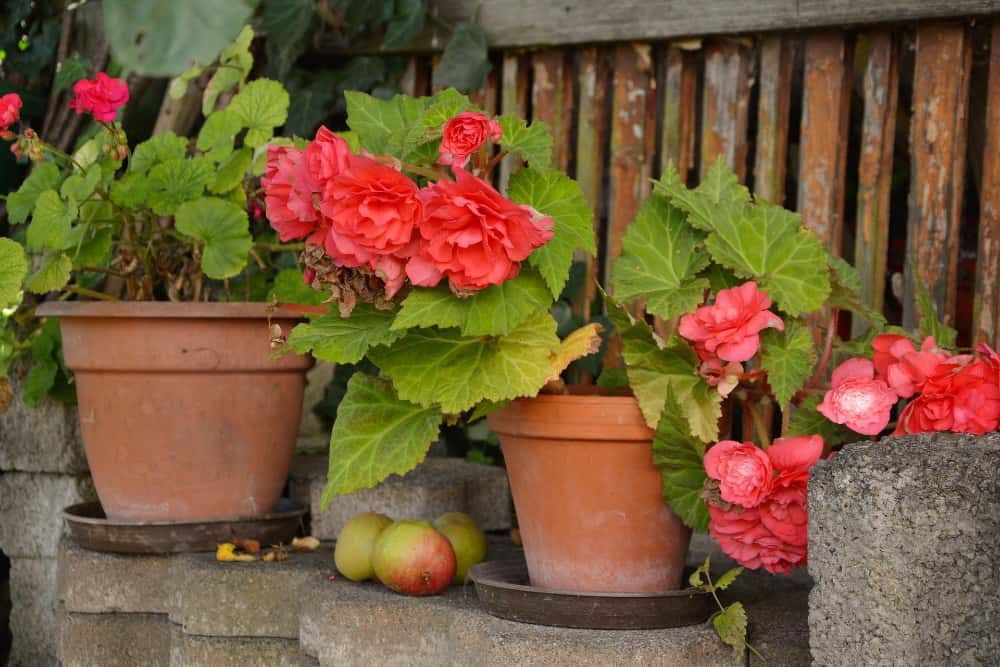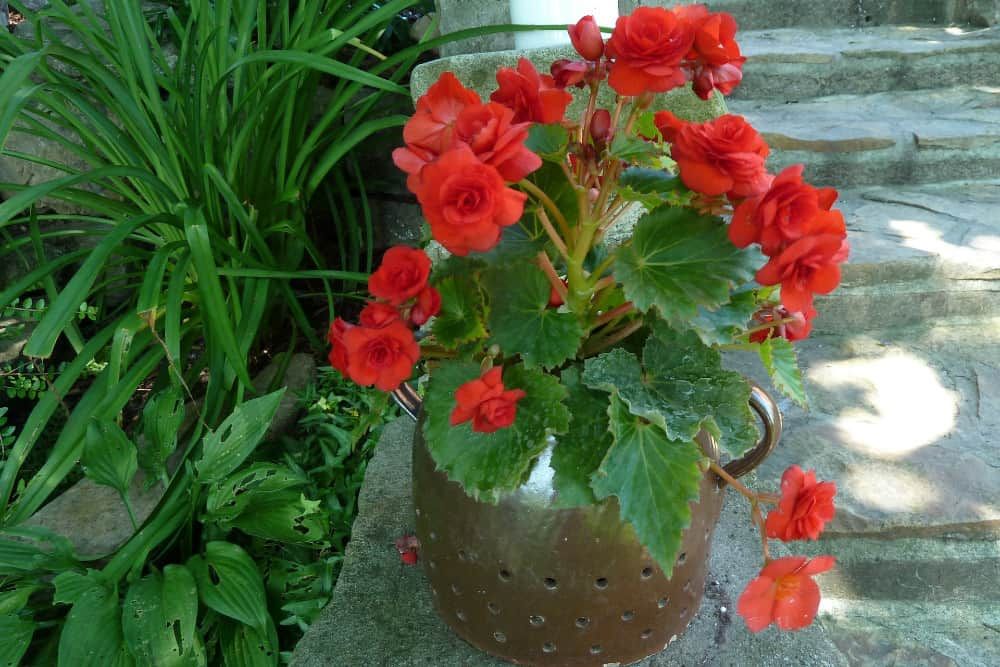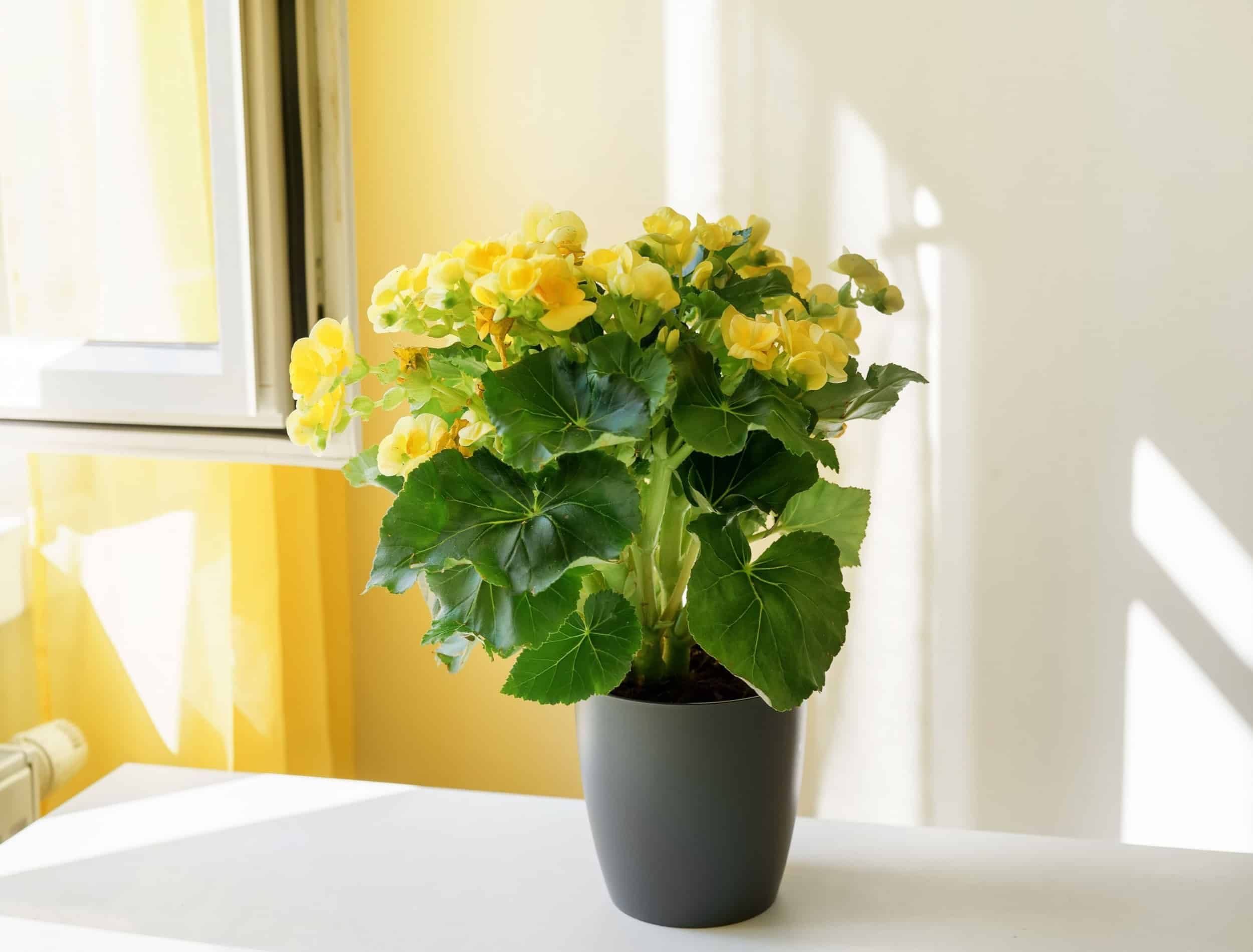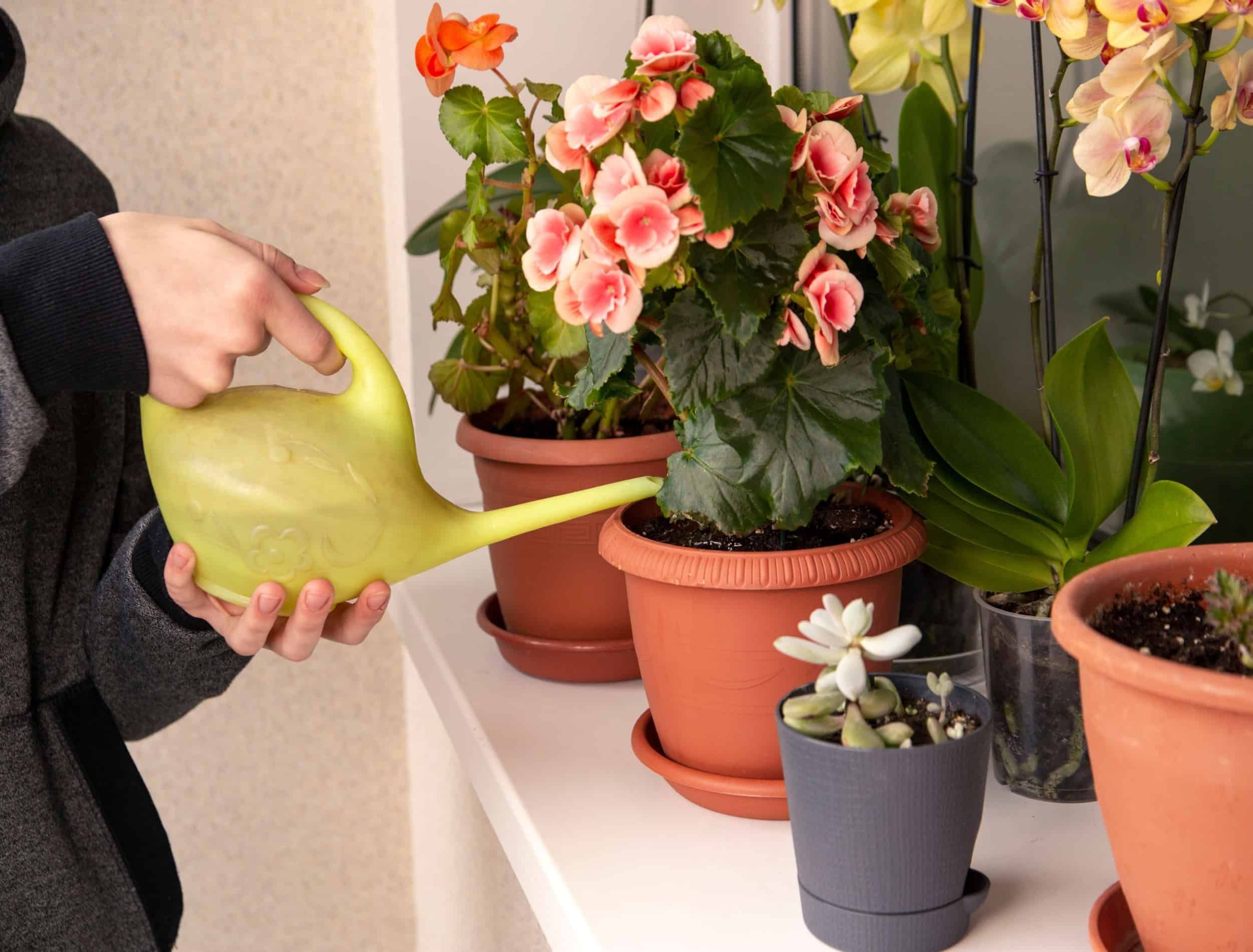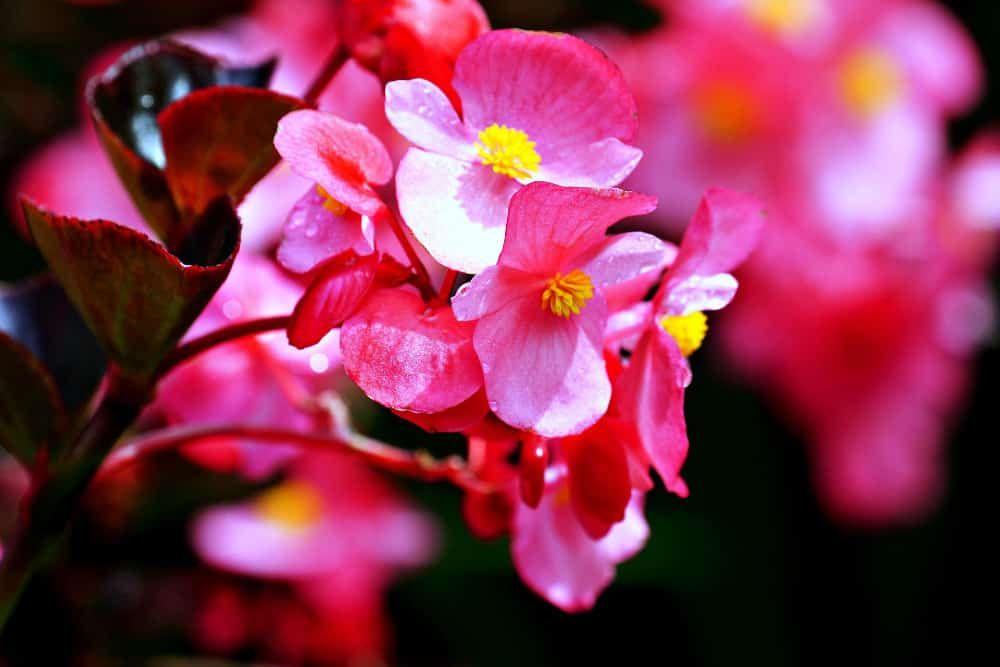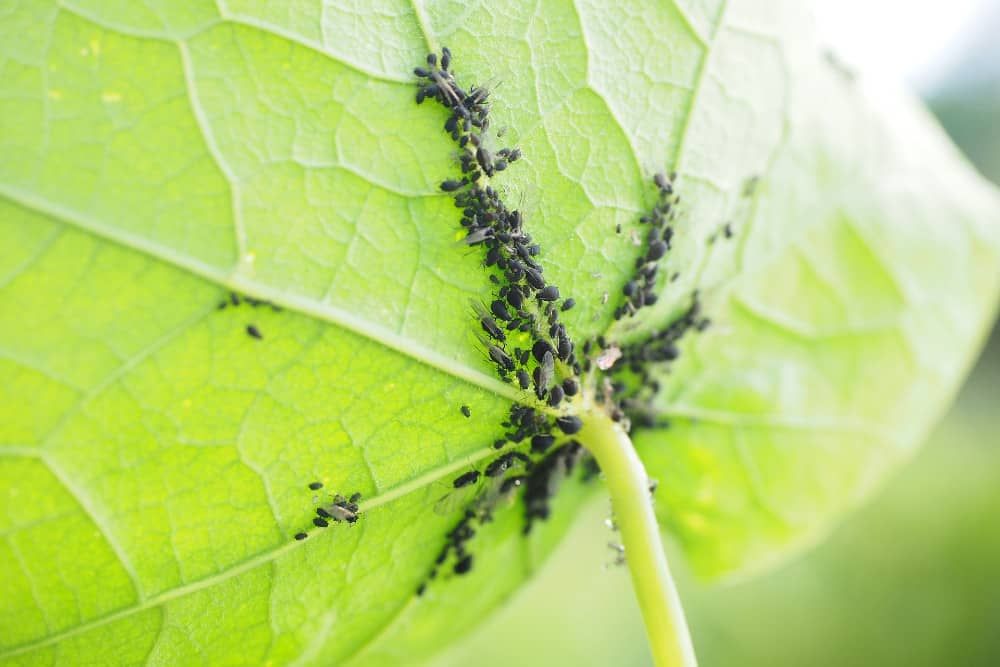No matter where you live and what kind of space you have to spare, begonias are one of those plants that do well in containers. The beautiful, colorful blooms love the partial shade, minimal care, and light potting soil with extra perlite.
Begonias are easy to grow and make for great beginner plants for any space needing a pop of color and some hardy blooms. The plants can live many years and bloom year-round, depending on where you keep them and how well you care for them.
So, if you want to add some color and beauty to your outdoor (or indoor) spaces, follow along below for easy begonias care.
What You Need for Growing Begonias in Containers
Image credits: Robin Jonathan Deutsch via Unsplash
Before you start, you’ll need to gather supplies for growing and caring for your container garden begonias.
- Flowerpots, baskets, hanging pots, flower boxes, or other containers
- Light potting soil
- Perlite
- Begonia seedlings or plants
- Gardening gloves
- Trowel
Step-By-Step Instructions
Choose Your Plants and Gather Your Supplies
Image credits: Gary Fultz via Unsplash
Begonias come in a variety of colors, styles, and sizes. So, as you plot out your planting spaces, consider the colors and size of plants you’ll want.
Then, purchase your seedlings or plants (or grow your plants from seeds if you prefer) and gather your planting supplies together before you get started.
Use Light Potting Soil
Image credits: billberryphotography via Canva
Because begonias do best in pots that can dry out between waterings, they need light potting soil. Potting soil is great for water drainage and it contains necessary nutrients for their survival. This sort of soil doesn’t trap moisture, instead it allows the plants the care they need.
Keep the Roots Slightly Bound As You Repot
Image credits: Kerstin Reimer via Pixabay
As you plant the begonias, make sure you keep them slightly root-bound. These plants like a well-fitted home as they do best this way, rather than with their roots fully spread out. If your begonia is extremely root bound, make sure to loosen it a little before planting.
Add Extra Perlite to the Potting Soil
Image credits: congerdesign via Pixabay
Begonias do best with extra perlite in their containers. The perlite permits even better drainage, which these plants particularly need. This will help prevent your gorgeous flowers from getting root rot.
Plant the Begonias
Image credits: zbuhdalu via Pixabay
Begonias will flourish and expand quickly once you plant and care for them properly. That's why you have to provide them with a pot that has enough space to grow and spread out.
However, don't place them in large pots much too big for their current size. Instead, plant them in something a bit larger than they currently need and plan to repot again, as needed - Ideally in the spring before the plants start actively growing again.
If you find the pot never dries out, transfer the begonia to a smaller one.
Place Your Containers Wisely
Image credit: Kattecat via Shutterstock
Now, place your begonia planters wisely. They need to be in partial shade, meaning they only have direct sun for four to six hours per day (preferably morning time).
They do best in east, west, or south-facing windows, though burning may occur if you keep the plants too close to the windows.
Begonias also do well under grow lights and away from air vents. And while they do best with dry soil between waterings, they do well in a humid environment. You may want to keep them in an indoor greenhouse if they look like they need some TLC.
Water the Plants Thoughtfully
Image credit: Summer 1810 via Shutterstock
These are not your everyday care plants! Begonias do best if you let them dry out a little bit between waterings. This is part of what makes them such great plants for beginners, frequent travelers, and folks who have jam-packed schedules.
It's good to water these flowers every three to four days but if your nervous you'll forget to water them altogether, test how frequently they need watering in their new location. A good way to do this is by sticking your finger in the soil to see if it is dry an inch deep. If so, you should give them a drink.
Prune the Plants Frequently
Image credits: hartono subagio via Pixabay
It's suggested to prune your begonias to keep their shape and to keep them for getting stalky or lengthy overtime. If you see this, prune your plant in early spring to encourage new growth.
You can also prune begonias about 1/3 of an inch after they are finished flowering for proper care.
Engage Simple Pest Control
Image credits: Hans Braxmeier via Pixabay
Begonias are generally pest-free, but occasionally this may become a problem for indoor plants. To avoid this issue inside, lightly spray the plant itself (never the soil!) with rubbing alcohol.
Easy to Plant, Easy to Care For
All in all, begonias are easy plants to care for, so they will make for an excellent plant just about anywhere. They do best in partial shade, with plenty of soil drainage, and time between waterings. In other words, if you live somewhere where you get a lot of rain, be sure to shelter your begonias from the rain or bring them indoors in their containers.
Have any tips and tricks for taking care of this plant? Let us know in the comments below!

